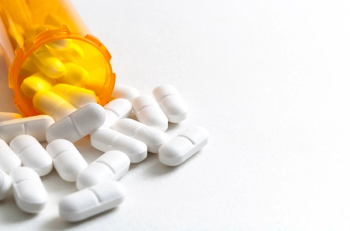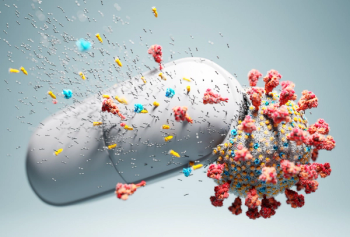
Diabetes literacy critical to helping patients to survive
Diabetes has a language and set of rules of its own-jargon and protocol that may be hard for some patients to understand. Terms and acronyms like glycemic control, insulin deficiency, neuropathy, and HbA1Ccan be intimidating to the best-educated patient. And for patients with limited education or a limited knowledge of English, a diagnosis of diabetes can be like falling through Alice's looking glass: It's virtually impossible to find one's bearings.
In truth, virtually all diabetes patients need to be better educated about diabetes self-management, and so do pharmacists. "There's a huge knowledge gap in diabetes," said Barry Goldstein, M.D., Ph.D., director of endocrinology at Jefferson Medical College in Philadelphia and an expert in the field of what healthcare professionals term diabetes literacy. "Patients, and even many providers, including pharmacists, don't know much about what causes it, how to manage it, or the goals of treatment. But this information is critically important to patients. Without it, even more than for most chronic diseases, they can't survive," said Goldstein.
That gap can be addressed by pharmacists willing to take the time to ed-ucate themselves about diabetes self-management, then willing to communicate that knowledge to their patients, noted Susan Cornell, Pharm.D., assistant professor of pharmacy practice at the Midwestern University Chicago College of Pharmacy in Downers Grove, Ill. Cornell is also a practicing community pharmacist, a certified diabetes educator, and a member of the board of directors of the American Association of Diabetes Educators (AADE) in Chicago. Its more than 11,000 members-about 6% of whom are pharmacists-are certified by the National Certification Board for Diabetes Educators in Arlington Heights, Ill.
"At the least, a pharmacist can be instrumental in helping patients learn about the terms we use," Cornell continued. "But they can do much more. It begins with communication skills, learning to talk to patients and not at them." For example, she commented, "a simple way to improve communications with patients is through the process of utilizing open-ended questions as opposed to closed-ended questions. Asking a patient an open-ended question such as 'How are you feeling today?' invites the patient to share feelings with you in a non-intimidating conversation. On the other hand, 'Are you feeling well today?' elicits simply a yes or no answer."
That's pretty basic stuff, but without fundamental communication skills it's impossible to help patients achieve diabetes self-management-the primary goal of diabetes educators, according to the National Diabetes Education Program in Bethesda, Md. "There are levels of diabetes literacy, and the basic level begins with simply hearing what's being said," said Lawrence Ellingson, Pharm.D., chair of the American Diabetes Association. "One study by the American Academy of Family Physicians found that patients understand only about half of what health professionals are telling them. And for diabetes patients, what they don't understand about their condition and what to do about it can be deadly."
Research supports Ellingson's concerns. Researchers at the University of California, San Francisco, studied the relationship between poor health literacy and clinical outcomes among diabetes patients in the clinics of a public hospital. They defined health literacy as "a measure of patients' ability to read, comprehend, and act on medical instructions" and said that "patients with poor health literacy levels have difficulties ranging from reading labels on a pill bottle and interpreting blood sugar values or dosing schedules to comprehending appointment slips, educational brochures, or informed-consent documents."
Newsletter
Pharmacy practice is always changing. Stay ahead of the curve with the Drug Topics newsletter and get the latest drug information, industry trends, and patient care tips.















































































































































